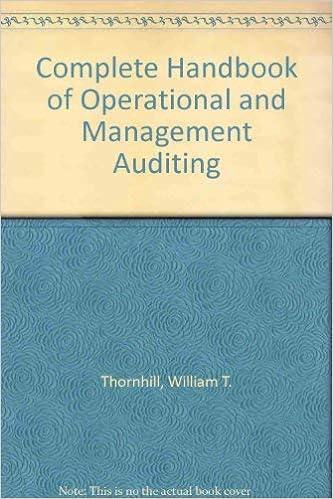
A Japanese ( j ) and a Mexican (m) restaurant are owned by firm-1. The unit cost of making a Japanese dish is $3 and the unit cost of making a Mexican dish is also $3. There are two consumers one being more oriented towards Japanese food and the other towards Mexican food. Their utility functions are as follows. uj={Bpj,BApm,ifjconsumereatsjifjconsumereatsm um={BApj,Bpm,ifmconsumereatsjifjconsumereatsm B is the satisfaction from eating and A is the slight disutility from eating the less preferred food. Suppose B=20 and A=12.pj and pm denote the price of a dish of Japanese and Mexican food, respectively (i) Suppose firm-2 enters and opens a Mexican restaurant. Firm-2's cost of making a Mexican dish is $3. Determine and explain the equilibrium prices of Mexican and Japanese food if firm-1 decides to stay in the market and if it decides to quit the Mexican food sector. Should firm-1 stay in the Mexican food sector or leave this sector? Explain your answer. (ii) Suppose firm-2's cost of making a Mexican dish is $5. Determine and explain the equilibrium prices of Mexican and Japanese food if firm-1 decides to stay in the market and if it decides to quit the Mexican food sector. Should firm-1 stay in the Mexican food sector or leave this sector? (iii) Compare the differences in your findings in parts (i) and (ii) and explain the difference. A Japanese ( j ) and a Mexican (m) restaurant are owned by firm-1. The unit cost of making a Japanese dish is $3 and the unit cost of making a Mexican dish is also $3. There are two consumers one being more oriented towards Japanese food and the other towards Mexican food. Their utility functions are as follows. uj={Bpj,BApm,ifjconsumereatsjifjconsumereatsm um={BApj,Bpm,ifmconsumereatsjifjconsumereatsm B is the satisfaction from eating and A is the slight disutility from eating the less preferred food. Suppose B=20 and A=12.pj and pm denote the price of a dish of Japanese and Mexican food, respectively (i) Suppose firm-2 enters and opens a Mexican restaurant. Firm-2's cost of making a Mexican dish is $3. Determine and explain the equilibrium prices of Mexican and Japanese food if firm-1 decides to stay in the market and if it decides to quit the Mexican food sector. Should firm-1 stay in the Mexican food sector or leave this sector? Explain your answer. (ii) Suppose firm-2's cost of making a Mexican dish is $5. Determine and explain the equilibrium prices of Mexican and Japanese food if firm-1 decides to stay in the market and if it decides to quit the Mexican food sector. Should firm-1 stay in the Mexican food sector or leave this sector? (iii) Compare the differences in your findings in parts (i) and (ii) and explain the difference







